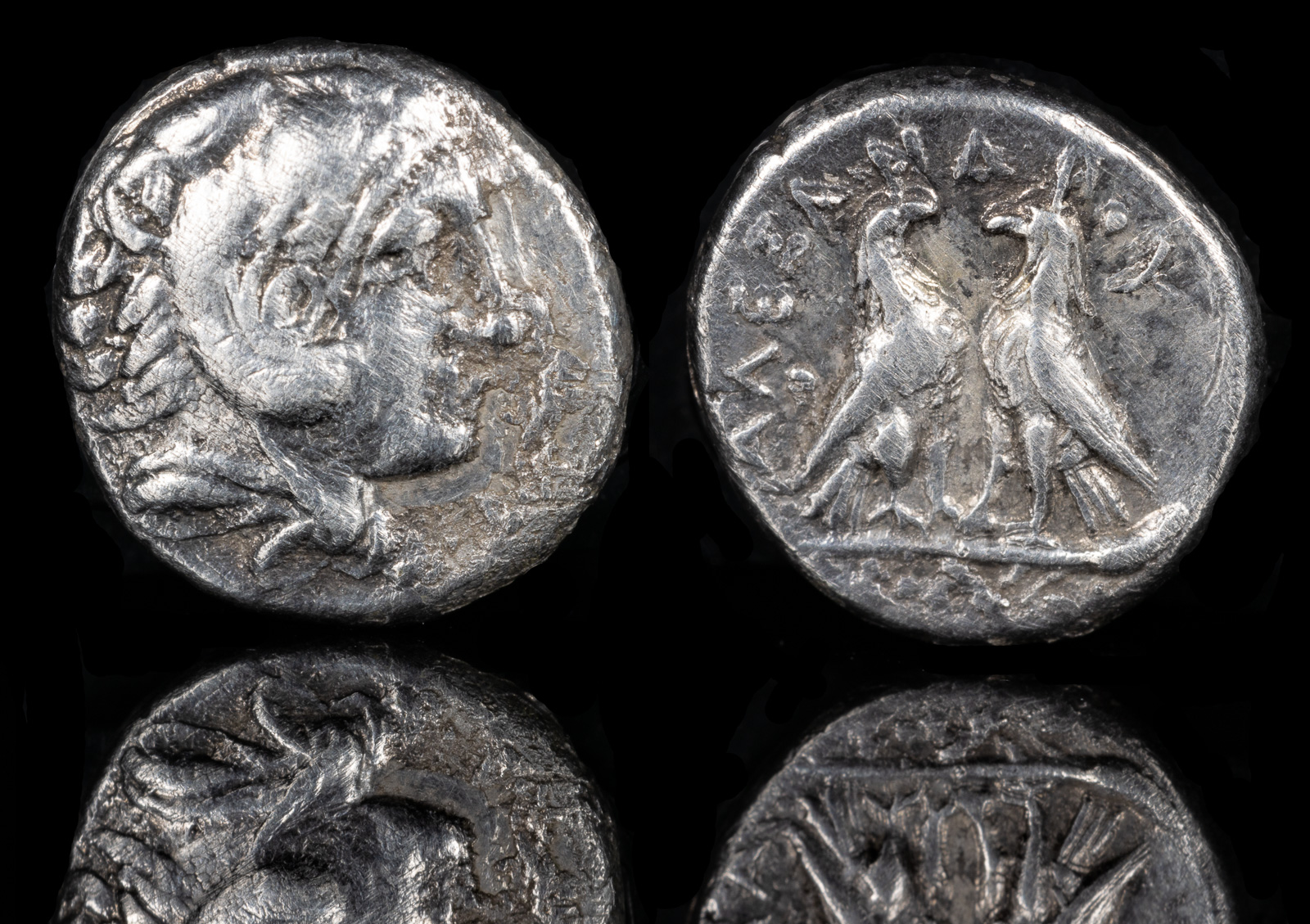Lionskin
View All Tags
Herakles was instructed to kill the Nemean Lion as part of his first labor, and he set out to the region of Nemea, where the lion was said to dwell in a cave. Upon arriving, Herakles attempted to hunt the beast with his usual weapons—his bow and arrows—only to find that they had no effect on the lion. The lion’s impenetrable hide rendered every strike ineffective. Realizing that he would need to use a different strategy, Herakles decided to face the beast in hand-to-hand combat.
In the myth, Herakles engages the lion in a fierce struggle, using his immense strength to wrestle the creature to the ground. He eventually succeeds in strangling the lion with his bare hands, an act that highlights his incredible power. After the lion’s death, Herakles famously skins the creature with its own claws, since no knife or tool could pierce its tough hide.
The Nemean Lion represents a number of themes central to Greek mythology, such as the triumph of strength, perseverance, and resourcefulness over seemingly insurmountable obstacles. Herakles’ victory over the lion also symbolizes the hero’s ability to overcome the natural world’s most dangerous forces through sheer force of will and skill. The lion’s invulnerability and Herakles’ victory demonstrate the hero’s divine favor, for it is clear that only a demigod like Herakles could defeat such a mighty creature.
After slaying the lion, Herakles wears its pelt as a cloak or armor, and the lion’s head becomes a symbolic emblem of his might. The Nemean Lion’s skin, which is said to be impenetrable, became a recurring motif in representations of Herakles, appearing in art and sculpture as an iconic symbol of his heroic qualities.
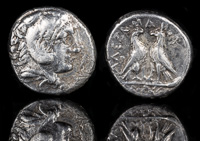
Alexander III 336-323 BCE
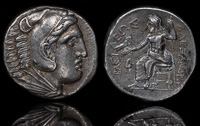
Alexander IV/Antipater 323-317 BCE
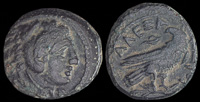
Alexander the Great 330-323 BCE
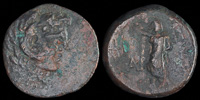
Alexandria ad Issum 2nd-1st century BCE
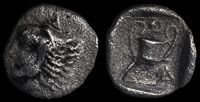
Alyzeia, Akarnania 420-380 BCE
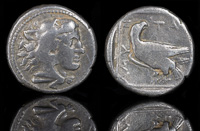
Amyntas III 393-369 BCE

Anaia, Karia 300-200 BCE
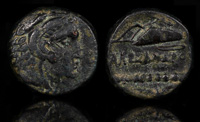
Androkles of Amathos 325-323 BCE
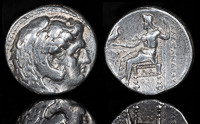
Antigenes 322-320 BCE
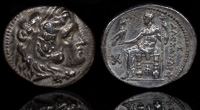
Antigonos Monophthalmos 305-300 BCE
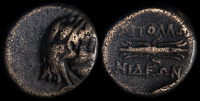
Apollonis, Lydia 200-100 BCE
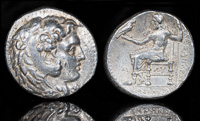
Archon or Dokimos 323-317 BCE
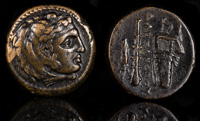
Asandros 323-319 BCE
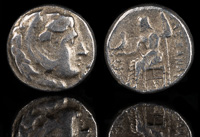
Aspesias 316-311 BCE
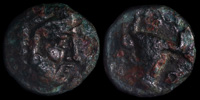
Dikaia, Macedon 400-350 BCE
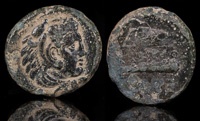
Erythrai, Ionia 4th century BCE
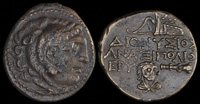
Erythrai, Ionioa 275-220 BCE
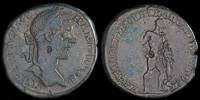
Farnese Herakles 217-218 CEThe Farnese Herakles is the most famous statue of Herakles.
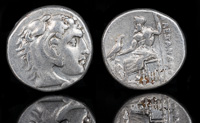
Kalas/Demarchos 325-323 BCE
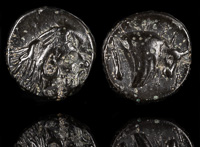
Karystos 350 BCE

Kephaloidion, Sicily 339-307 BCE
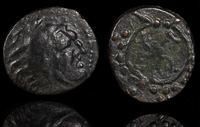
Kleonai, Argolis 320 BCE
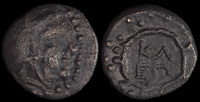
Kleonai, Argolis ca 320 BCE
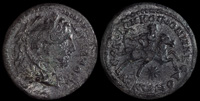
Koinon of Macedon 239-244 CE
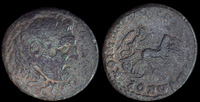
Koinon of Macedon 239-244 CE
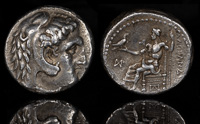
Koinos 324/323 BCE
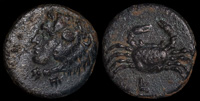
Kos, Islands off Caria 400-300 BCE
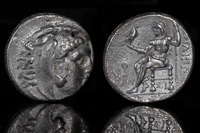
Laomedon 319/318 BCE
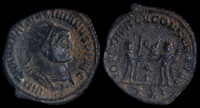
Maximianus 285-295 CE

Memphis, Egypt 323/2 BCE
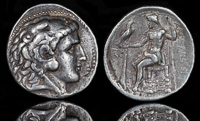
Menelaus 315-306 BCE
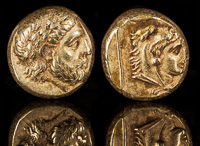
Mytilene, Lesbos 332 BCE
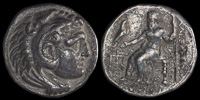
Nikokles of Paphos 325-317 BCE
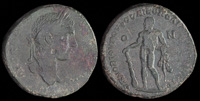
Nikopolis ad Istrum 218-222 CE
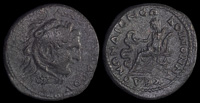
Olympia with snakes 238-244 CE
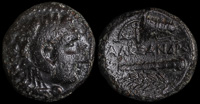
Pasikrates of Kourion, 325 BCE
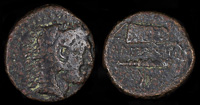
Pasikrates of Soloi 330-310 BCE

Peithon son of Agenor 317-311 BCE
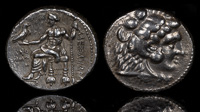
Perdikkas 321/320 BCE
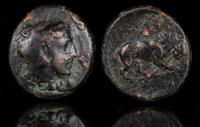
Perdikkas III 365-359 BCE
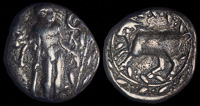
Phaistos, Crete 330-320 BCE
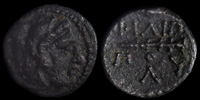
Philip II 359-336 BCE
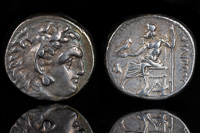
Philip III Arrhidaeos 331-321 BCE
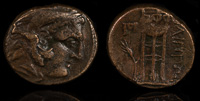
Philippi 356-345 BCE
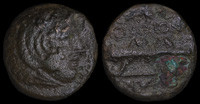
Philippi, Macedon 360-356 BCE
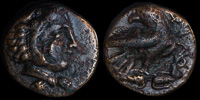
Philotas 400-380 BCE
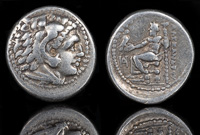
Philoxenos 325-323 BCE
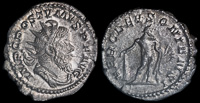
Postumus 260 CE

Ptolemy I Soter 311-305 BCE
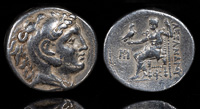
Ptolemy Keraunos 281-279 BCE
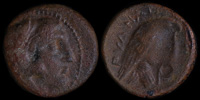
Pydna, Macedonia 381-369 BCE
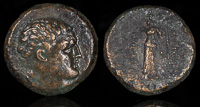
Pylaimenes 130 BCE
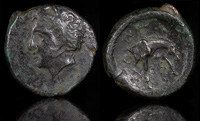
Skotussa, Thessaly 4th cent BCE

Stamenes/Archon 324/323 BCE

Stratonikeia, Caria 3rd century BCE
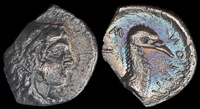
Stymphalos, Arkadia 350-345 BCE
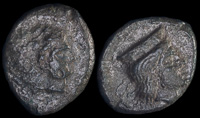
Thermai Himeraiai, Sicily 367-330 BCE
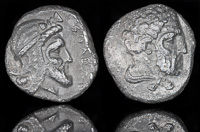
Tiribazos 385-380 BCE
